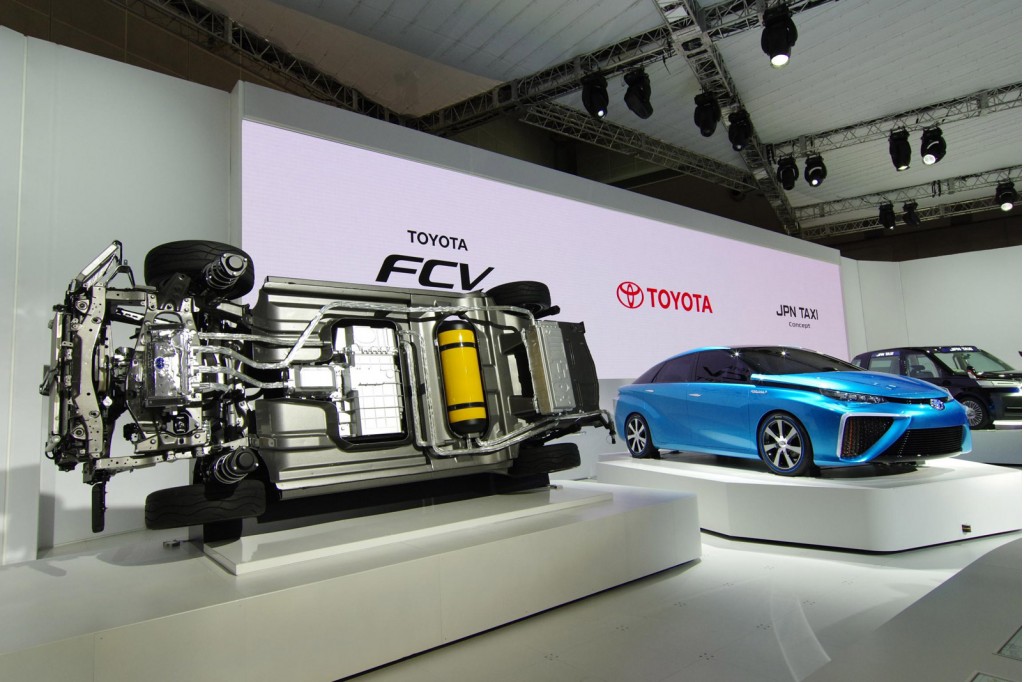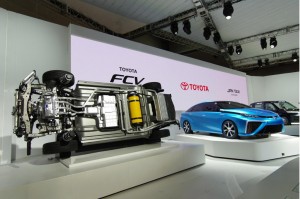August 12, 2014 – Iceland with its abundant geothermal energy sources and access to natural gas seems like a good place to develop a hydrogen economy. But along what it calls the Icelandic Hydrogen Highway, the country has encountered a few bumps and bruises. When the economy and banking system tanked a few years ago the plans for a hydrogen infrastructure were put on hold. But the dream remains alive with a number of projects including the first fuel-cell powered ocean-going tug, new hydrogen gas injection systems that work in diesel engines to reduce emissions and fuel consumption, and hydrogen production and compression technology that works in combination with solar and wind generators to produce 24×7 continuous renewable power. Today Iceland under its SMART-H2 project operates and services hydrogen vehicles including those operating with fuel cells and internal combustion engines.
But Iceland is a small country with a little over 320,000 people. It’s quite another story when a country like Japan decides to make a similar leap into investing in hydrogen for its energy future. The Japanese government sees hydrogen fuel cells as a critical player in the country’s energy future. Japanese companies hold the largest number of patent applications in the field of fuel cell technology. They see fuel cells as the power source for not only transportation but also for residential consumption.
Japan’s car manufacturers are at the forefront of this push to hydrogen. Honda, Toyota and Nissan are working with ten hydrogen suppliers with plans to introduce fuel-cell automobiles into the domestic market in 2015. Four urban markets are the initial target with a commitment to provide an infrastructure of 100 hydrogen-fueling stations in lock step with the release of new car models.
It took awhile for us to get used to the acronym EV for electric vehicles. Well now add another, FCV standing for fuel cell vehicles. Toyota’s first FCV is aimed at the EV, Tesla Model S. It will have a cruising range of approximately 700 kilometers (430 miles) with refueling taking three minutes. Compare that to the recharging rate for current EVs and you can see the attractiveness of an FCV over the former. And the only emission coming from the tailpipe of an FCV is water vapour.
According to a recent report in Bloomberg, Japan’s hydrogen market is to expand to $9.8 billion annually by 2030 and $75 billion by 2050. By 2030 Japan forecasts 5.3 million households will be powered by hydrogen-based fuel cells. And although FCV forecasts for 2015 amount to 1,000 automobiles, by 2030, that number should surpass 2 million annually.
Who else is jumping on the hydrogen bandwagon? Germany, South Korea and California. It seems that the fuel cell, a technology first described in 1839 and demonstrated in 1842, made famous much later in NASA’s Gemini and Apollo programs, is finally going mainstream here on Earth.














